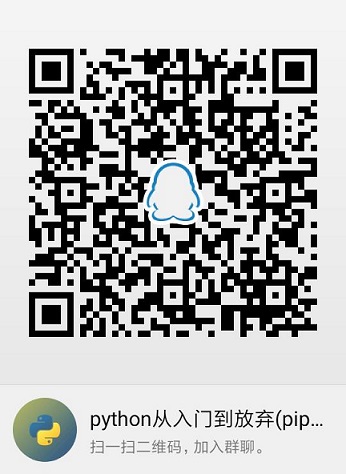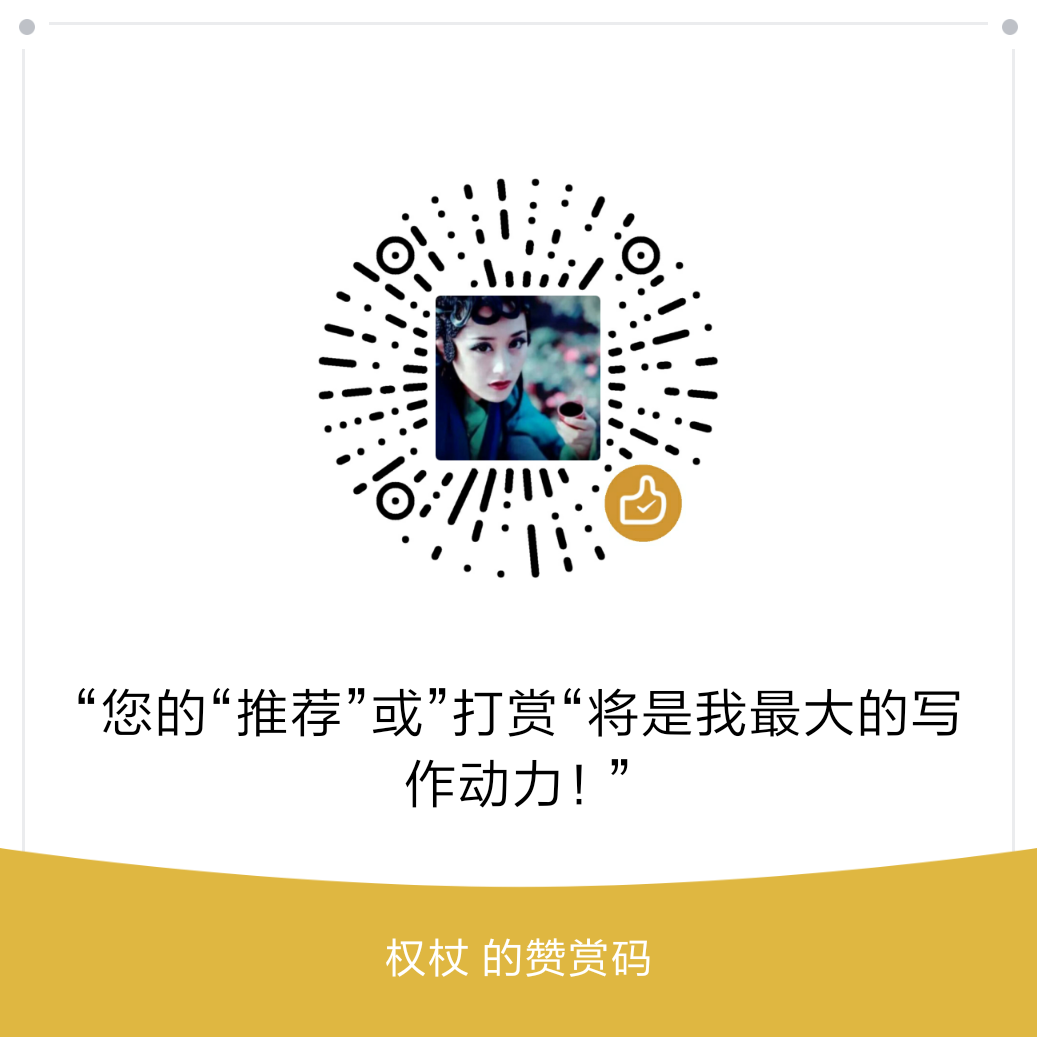Vue2入门二:组件化开发-组件与实例
vue入门学习笔记,vue.js下载
-
1、组件
组件指页面中的一部分
<!DOCTYPE html>
<html lang="en">
<head>
<meta charset="utf-8">
<meta http-equiv="X-UA-Compatible" content="IE=edge">
<meta name="viewport" content="width=device-width,initial-scale=1.0">
<title>Vue Learning</title>
<script src="./vue.js"></script
</head>
<body>
<div id="app">
<div>
<input v-model="inputValue"/>
<button @click="handleClick">提交</button>
</div>
<ul>
<todo-item v-for="(item,index) of itemValues"
:key="index"
:content="item"> <!-- 定义属性content来传递值-->
</todo-item>
</ul>
</div>
<script>
<!-- 全局组件 -->
Vue.component("todo-item",{
props:["content"],//子组件中定义props来接收父组件传递来的参数,然后才能在模板中使用
template:"<li>{{content}}</li>"
})
<!-- 局部组件 使用前需要在Vue实例中使用components声明 -->
//var TodoItem={
// template:"<li>item</li>"
//}
new Vue({
el:"#app",
//components:{
// "todo-item":TodoItem
//},
data:{
inputValue:"",
itemValues:[]
},
methods:{
handleClick:function(){
this.itemValues.push(this.inputValue)
this.inputValue=""
}
}
})
</script>
</body>
</html>
-
2、组件与实例的关系
每一个组件也是一个vue的实例,实例拥有的属性和方法组件也有。父组件不定义模板是因为它把子组件当做模板。
<!DOCTYPE html>
<html lang="en">
<head>
<meta charset="utf-8">
<meta http-equiv="X-UA-Compatible" content="IE=edge">
<meta name="viewport" content="width=device-width,initial-scale=1.0">
<title>Vue Learning</title>
<script src="./vue.js"></script
</head>
<body>
<div id="app">
<div>
<input v-model="inputValue"/>
<button @click="handleSubmit">提交</button>
</div>
<ul>
<todo-item v-for="(item,index) of itemValues"
:key="index"
:content="item">
</todo-item>
</ul>
</div>
<script>
Vue.component("todo-item",{
props:["content"],
template:"<li @click='handleClick'>{{content}}</li>",//子组件也拥有属性
methods:{//子组件也拥有方法
handleClick:function(){
alert("123")
}
}
})
new Vue({
el:"#app",
data:{
inputValue:"",
itemValues:[]
},
methods:{
handleSubmit:function(){
this.itemValues.push(this.inputValue)
this.inputValue=""
}
}
})
</script>
</body>
</html>
-
3、实组件通信:发布订阅模式
子组件与父组件通信才能实现子组件对父组件数据的操作,通过发布订阅来完成。
(1)父组件向子组件传值:props
//子组件:组件内部通过props接收传递过来的值
Vue.component('menu-item',{
props:['postTitle'],
template: '<div>{{title}}</div>'
})
//父组件
//①父组件通过属性将值传递给子组件 ;传入一个静态的值
<menu-item post-title="来自父组件的数据"></menu-item>
//②建议使用v-bind进行绑定;dataTitle:父组件中的数据 ;动态赋予一个变量的值
<menu-item :post-title="dataTitle"></menu-item>
引用官方文档的话:所有的 prop 都使得其父子 prop 之间形成了一个单向下行绑定:父级 prop 的更新会向下流动到子组件中,但是反过来则不行。这样会防止从子组件意外变更父级组件的状态,从而导致你的应用的数据流向难以理解。
注意:
①prop 命名规则 (camelCase vs kebab-case):使用 DOM 中的模板时,camelCase (驼峰命名法) 的 prop 名需要使用其等价的 kebab-case (短横线分隔命名) 命名
②prop的类型:字符串,数值,布尔值,数组,对象
(2)子组件向父组件传值:
引用官方文档的话:每次父级组件发生变更时,子组件中所有的 prop 都将会刷新为最新的值。这意味着你不应该在一个子组件内部改变 prop。如果你这样做了,Vue 会在浏览器的控制台中发出警告。
不推荐直接在子组件中直接更新父组件中的值。
//子组件中自定义事件:通过触发自定义事件(含参),使用$emit <button @click="$emit('enlarge-text',0.1)">扩大字体</button> //父组件中监听:使用$event接收参数 <menu-item @enlarge-ext="fontSize+=$event"></menu-item>
(3)非父子组件(即兄弟组件)传值:
分成以下三步:
①单独的事件中心管理组件间的通信;
var eventHub=new Vue()
②监听事件(在mounted钩子函数中)与销毁事件
//
add-todo
监听事件名称,addTodo方法
eventHub.$on('add-todo',addTodo) eventHub.$off('add-todo')
③触发事件
//add-todo触发事件名称,addTodo方法
eventHub.$emit('add-todo',id)
-
4、插槽
组件插槽的作用:父组件向子组件传递内容;
插槽位置:
Vue.component('menu-item',{
template: `
<div>
<strong>Error</strong>
<slot></slot>
</div>
`
})
插槽内容:
<menu-item>插槽内容</menu-item>
(1)具名插槽-即具有名字的插槽
插槽定义:<div class="container">
<header>
<slot name="header"></slot>
</header>
<main>
<slot></slot>
</main>
<footer>
<slot name="footer"></slot>
</footer>
</div>
插槽内容:
<base-layout>
<template v-slot:header>
<h1>Here might be a page title</h1>
</template>
<p>A paragraph for the main content.</p>
<p>And another one.</p>
<template v-slot:footer>
<p>Here's some contact info</p>
</template>
</base-layout>
(2)作用域插槽-父组件对子组件的内容进行加工处理
插槽定义:
Vue.component('fruit-list', {
props: ['list'],
template: `
<ul>
<li v-for="item in list" v-bind:key="item.id">
<slot v-bind:itemid="item">
{{ item.name }}
</slot>
</li>
</ul>
`
})
插槽内容:
<fruit-list v-bind:inlist="list">
<template slot-scope="slotProps">
<strong v-if="slotProps.item.current">
{{slotProps.item.text}}
</strong>
</template>
</fruit-list>
-
5、实现todolist的删除功能
<!DOCTYPE html>
<html lang="en">
<head>
<meta charset="utf-8">
<meta http-equiv="X-UA-Compatible" content="IE=edge">
<meta name="viewport" content="width=device-width,initial-scale=1.0">
<title>Vue Learning</title>
<script src="./vue.js"></script
</head>
<body>
<div id="app">
<div>
<input v-model="inputValue"/>
<button @click="handleSubmit">提交</button>
</div>
<ul>
<todo-item v-for="(item,index) of itemValues"
:key="index"
:content="item"
:index="index"
@delete="handleDelete"><!--2 父组件订阅了事件delete-->
</todo-item>
</ul>
</div>
<script>
Vue.component("todo-item",{
props:["content","index"],
template:"<li @click='handleClick'>{{content}}</li>",
methods:{
handleClick:function(){
this.$emit('delete',this.index)<!--1 子组件发布一个事件delete-->
}
}
})
new Vue({
el:"#app",
data:{
inputValue:"",
itemValues:[]
},
methods:{
handleSubmit:function(){
this.itemValues.push(this.inputValue)
this.inputValue=""
},
handleDelete:function(index){<!--3 父组件处理handleDelete-->
this.itemValues.splice(index,1)
}
}
})
</script>
</body>
</html>
【Vue】组件传值的六种方法
如果你真心觉得文章写得不错,而且对你有所帮助,那就不妨小小打赏一下吧,如果囊中羞涩,不妨帮忙“推荐"一下,您的“推荐”和”打赏“将是我最大的写作动力!
本文版权归作者所有,欢迎转载,但未经作者同意必须保留此段声明,且在文章页面明显位置给出原文连接.




 浙公网安备 33010602011771号
浙公网安备 33010602011771号